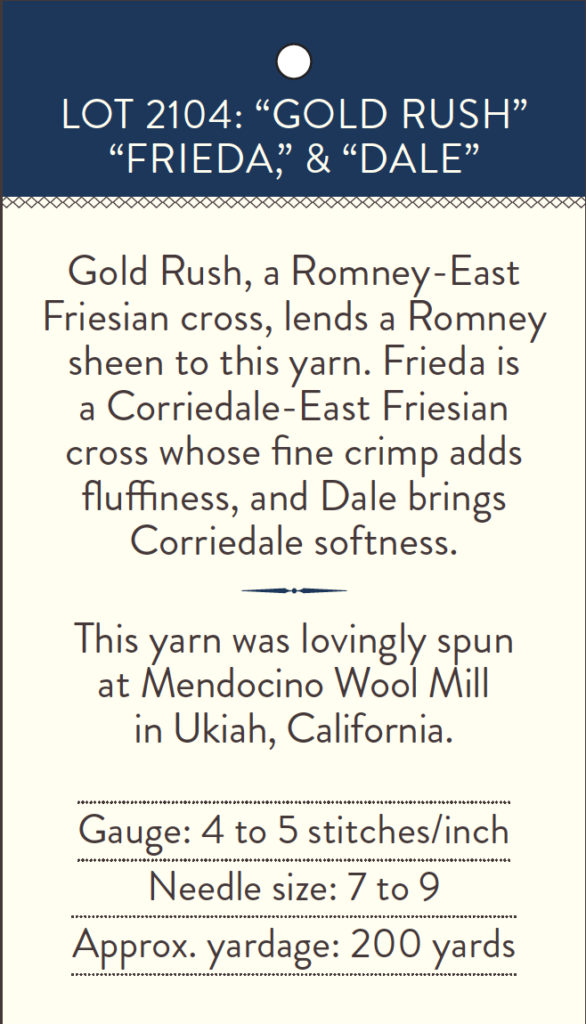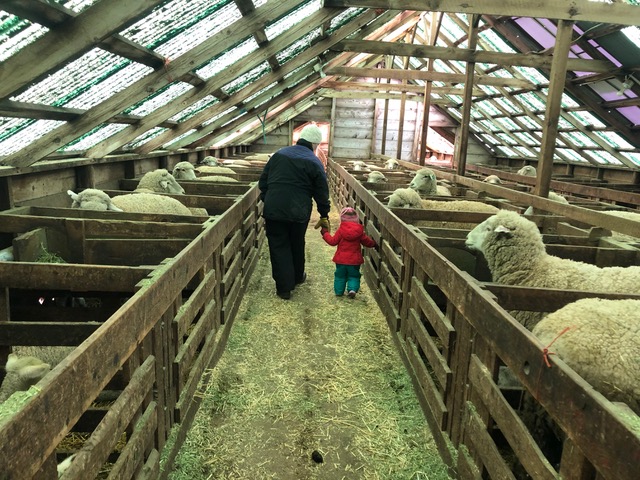
In March I made a wonderful connection, with Dominique Etcheverry, a Basque graphic designer in Boise who grew up in her family’s sheep operation. Dominique’s family is the last Basque family running thousands of head of sheep in southern Idaho. They are friends with my Idaho family; my cousin Josi sent me this photo of her with her daughter Neva in the Etcheverry’s lambing sheds at lambing time this year.
The photo really moved me, because although I”ve never experienced lambing on this scale, this is the kind of operation my father grew up in a century ago.
My father’s family ran thousands of head of sheep, as do the Etcheverrys. In my grandfather’s operation, they lambed in the snow in February-March on the high desert in southern Idaho. The ewes who were ready to lamb were kept in the “drop area” outside the lambing sheds, which was patrolled by a horse-drawn sled 24 hours a day. Ewes with newborn lambs were loaded on the sled, taken into the lambing sheds, similar to those pictured here, and put in a jug, a 5 x 5 wooden pen, with their lambs, to “mother up.” Sometimes the ewes could only stay in the jug with their lambs for 12 hours or so before that jug was needed for a new mother and her lambs.
In my grandfather’s day the sheds had canvas roofs, and row after row of lambing jugs. The sheds were heated with wood stoves. Orphaned lambs were kept warm in drawers near the wood stove, my cousin Linda remembers, until they could be grafted onto a ewe who had lost her lamb.
Dominique Etcheverry and her sister grew up in this life, half a century after my father did. Their family followed the sheep through the spring and summer as they were herded to higher country to graze, and Dominique and her sister actually attended two different schools throughout their childhood, one for the first half of the school year and another for the second half, as their family moved with the sheep.
Dominique has her own graphic-design business, and my cousin Linda recommended her to design labels for my new line of yarn.
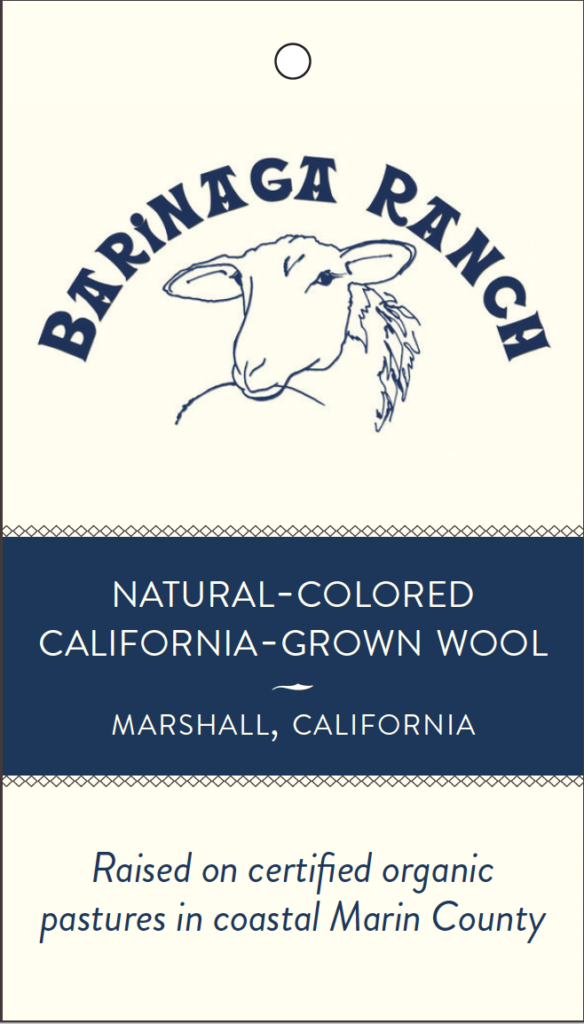
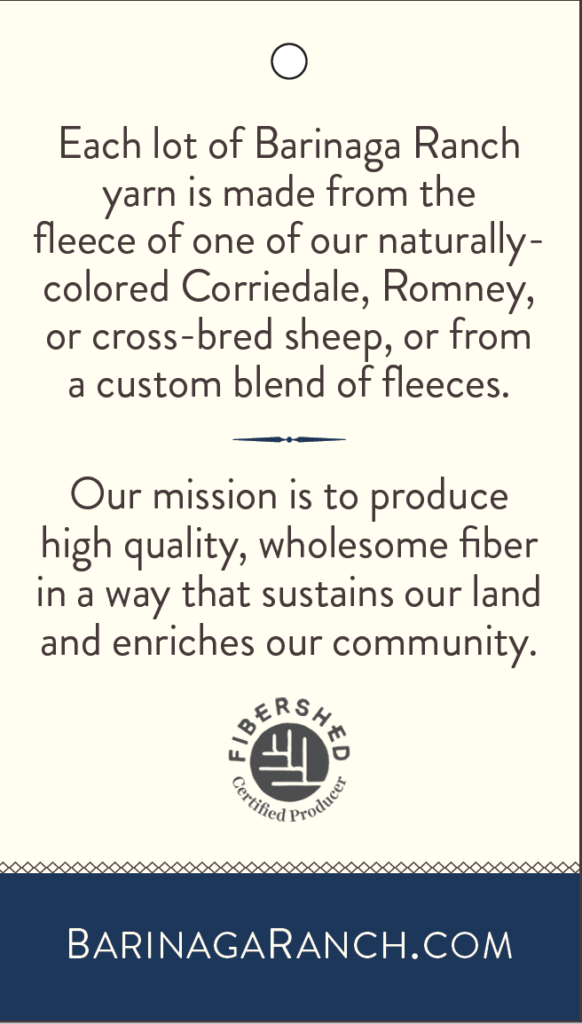
It was wonderful to meet Dominique (albeit by Zoom) and to talk about our common history.
I was very moved to hear Dominique speak about how deeply she identifies with her Basque sheep-ranching heritage; her depth of feeling was something I feel too, although I was one generation removed and did not grow up with sheep. It was that legacy, the stories of lambing that I had grown up with, that drew me to the life with sheep that I have now.
Dominique was pleased to have a design project for a Basque, and one that involved sheep! And I knew she was the perfect person to design my labels. Working with her was a joy, and she did a beautiful job with the labels.
The ones above are the “static” label that will go on every skein of yarn, and the ones below are an example of the label that will be specific to each lot of yarn, with the details about that lot and a photo of the sheep whose wool it uses.
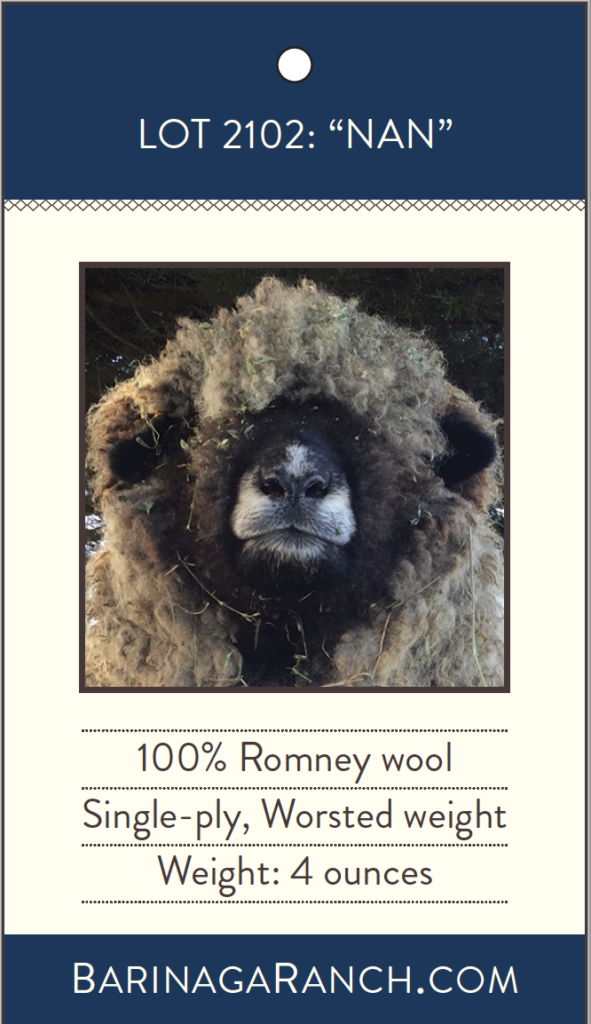
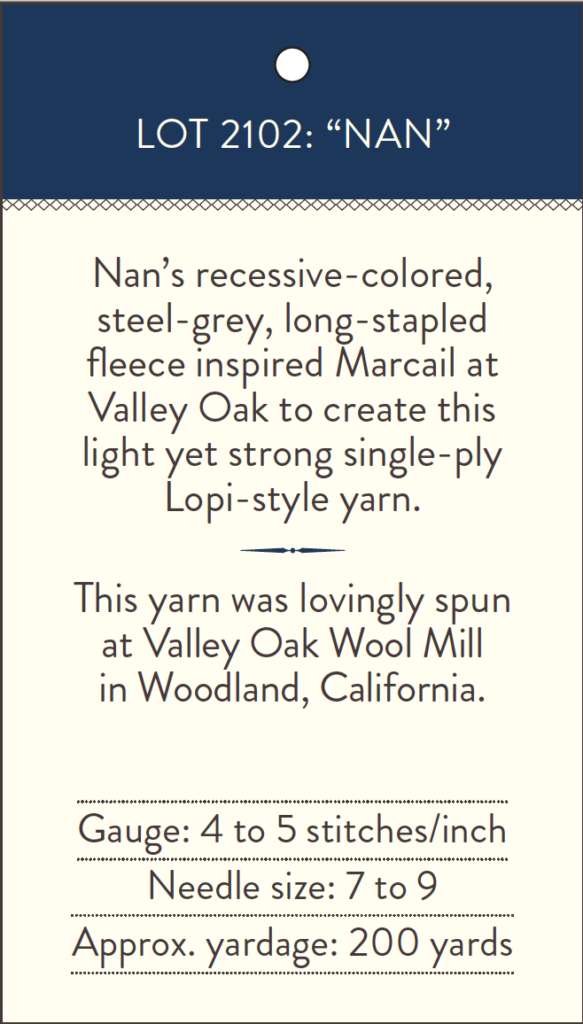
This lot was made from just Nan’s wool, but others used the wool of up to three different sheep, and Dominique did a beautiful job of making those work, as with this three-sheep lot made at the Mendocino mill.

